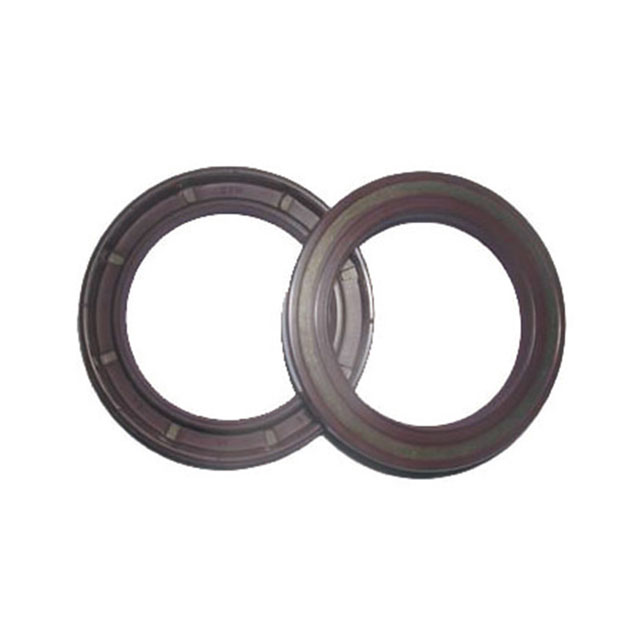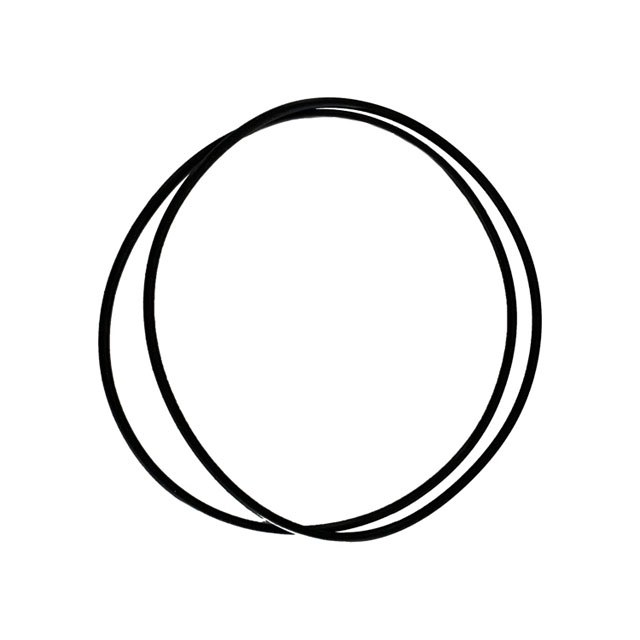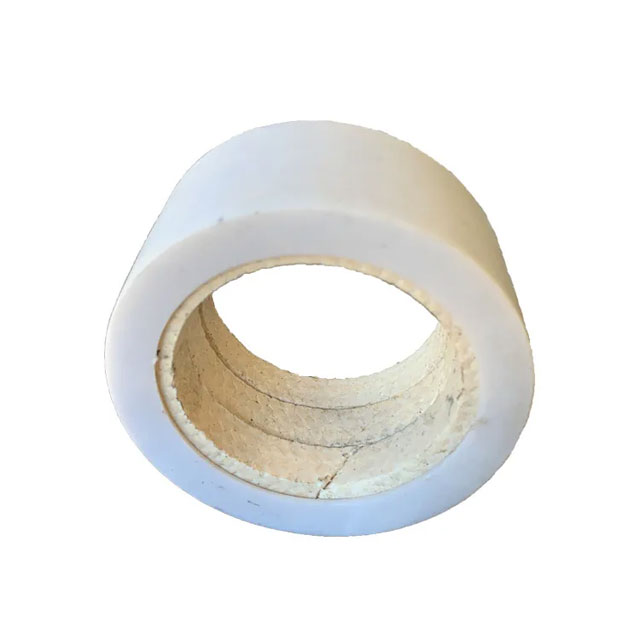WhatsApp: 86-13735815206 / 86-17392256505
WeChat: 86-13735815206 / 86-17392256505
Phone: 86-29-88680837
Mail: sales@hlsolidscontrol.com
Add: Room 804, Building 1, Western Cloud Valley Phase II, Fengxi New Town, Xixian New District, Shaanxi Province
WeChat: 86-13735815206 / 86-17392256505
Phone: 86-29-88680837
Mail: sales@hlsolidscontrol.com
Add: Room 804, Building 1, Western Cloud Valley Phase II, Fengxi New Town, Xixian New District, Shaanxi Province
The Green Revolution - How to Achieve the Recycling of Drilling Mud Waste
Time: 2024-07-02 Source: Solids Control System Author: Mrek
As energy development activities continue to increase, the waste generated from drilling operations, particularly drilling mud waste, is also growing. This type of waste typically contains large amounts of clay, cuttings, and chemical additives, presenting a high pH value and complex composition. If not properly treated, drilling mud waste can cause serious pollution to the surrounding soil, groundwater, and the entire ecosystem. Therefore, how to efficiently and environmentally handle these wastes has become an important problem that the oil and gas industry urgently needs to solve.
As a professional manufacturer of solids control systems in China, HL Petroleum has proposed a complete recovery and treatment solution for drilling mud waste, aiming to ensure the stable and efficient operation of the treatment system and minimize the impact on the environment.
Characteristics of Drilling Mud Waste
Drilling mud waste is a multi-phase stable suspension containing large amounts of clay, cuttings, weighting materials, various chemical treatment agents, inorganic salts, and oil. It usually has the following characteristics:
(1) Alkaline, with a pH value between 8.5 and 12, and can even reach above 13 in some cases.
(2) Appearance is a viscous fluid or semi-fluid state, with fine particles, poor gradation, high viscosity, and high water content (30% to 90%).
(3) The oil content can reach more than 10%, and the solid content is also relatively high, mainly consisting of bentonite, organic high-molecular-weight treatment agents, clay, weighting materials, and rock cuttings.
(4) Contains various organic and inorganic chemical treatment agents, with high concentrations of heavy metals, COD, oil, and surfactants, and some indicators can exceed the national discharge standards by hundreds of times.
These characteristics determine that drilling mud waste has strong pollution potential. If appropriate treatment measures are not taken, it will cause serious damage to the surrounding soil, groundwater, and the entire ecosystem.
Levels of Drilling Mud Waste Treatment
According to the environmental protection requirements of different regions, HL Petroleum has divided the treatment of drilling mud waste into three levels:
(1) Primary treatment: Perform solid-liquid separation on the waste mud, obtaining a solid phase with a water content of 30% to 50%, which can be used for pad lining or added with solidifying agents for road construction. The liquid phase can be reused for mud mixing or spraying on the well site.
(2) Secondary treatment: Based on the primary treatment, the separated solid phase is sent to a brick-making system to achieve resource utilization, which can be used for well site construction, etc.
(3) Tertiary treatment: Conduct in-depth treatment of the separated wastewater to meet the national or local discharge standards (COD ≤ 120 mg/L or ≤ 60 mg/L). Meanwhile, recover some effective drilling mud materials during the solid-liquid separation process.
Through these three levels of treatment, the pollution of drilling mud waste to the environment can be minimized, and the resources can be recycled.
Waste Mud Treatment System Solution
According to different treatment requirements, HL Petroleum provides a complete drilling mud waste treatment system solution. The system mainly includes the following modules:
(1) Primary solid-liquid separation unit: Use equipment such as filter presses to separate the waste mud into a solid phase with a water content of 30% to 50% and a liquid phase containing pollutants.
(2) Wastewater deep treatment unit: Conduct in-depth treatment of the separated wastewater to remove COD, heavy metals, oil, and other pollutants, meeting the national or local discharge standards. The treatment process includes coagulation-sedimentation, biological treatment, membrane separation, etc.
(3) Resource utilization unit: Send the solid phase obtained from the primary separation to brick-making machines or other equipment to produce environmentally friendly bricks, realizing resource utilization, which can be used for well site construction, etc.
(4) Recovery and reuse unit: During the solid-liquid separation process, recover some reusable drilling mud materials, such as bentonite and weighting materials, to reduce the consumption of fresh materials.
(5) Control system: Each treatment unit is equipped with an independent control system to achieve coordinated operation of various process links, ensuring the stable and efficient operation of the entire treatment system.
Through the above treatment process, the solid particles and pollutants in the drilling mud waste can be effectively separated and treated, ultimately realizing the resource utilization of solids, the discharge of wastewater meeting the standards, and significantly reducing the impact on the environment.
Performance of the Waste Mud Treatment System
HL Petroleum's drilling mud waste treatment system has the following features:
(1) Strong processing capacity: The comprehensive processing capacity can reach 7.5 m³/h, meeting the needs of most drilling operations.
(2) Excellent treatment effect: The water content of the solid phase is 35.1% to 45.3%, and the COD of the wastewater can be reduced to below 120 mg/L, meeting the national discharge standards.
(3) High resource utilization: The brick-making machine can produce environmentally friendly bricks using the solid phase, achieving resource utilization.
(4) Stable operation: Each treatment unit is equipped with an independent control system, ensuring coordinated operation and stable and reliable system operation.
(5) Strong environmental protection: Minimizes the impact on the surrounding environment, meeting the increasingly stringent environmental protection requirements.
In summary, the solution proposed by HL Petroleum for drilling mud waste treatment fully considers the factors of treatment process, equipment configuration, and operation management, ensuring the efficient and stable operation of the entire system and minimizing the impact on the environment. As a professional manufacturer of solids control systems, HL Petroleum will continue to strive to provide the oil and gas drilling industry with more environmentally friendly and efficient solutions.
As a professional manufacturer of solids control systems in China, HL Petroleum has proposed a complete recovery and treatment solution for drilling mud waste, aiming to ensure the stable and efficient operation of the treatment system and minimize the impact on the environment.
Characteristics of Drilling Mud Waste
Drilling mud waste is a multi-phase stable suspension containing large amounts of clay, cuttings, weighting materials, various chemical treatment agents, inorganic salts, and oil. It usually has the following characteristics:
(1) Alkaline, with a pH value between 8.5 and 12, and can even reach above 13 in some cases.
(2) Appearance is a viscous fluid or semi-fluid state, with fine particles, poor gradation, high viscosity, and high water content (30% to 90%).
(3) The oil content can reach more than 10%, and the solid content is also relatively high, mainly consisting of bentonite, organic high-molecular-weight treatment agents, clay, weighting materials, and rock cuttings.
(4) Contains various organic and inorganic chemical treatment agents, with high concentrations of heavy metals, COD, oil, and surfactants, and some indicators can exceed the national discharge standards by hundreds of times.
These characteristics determine that drilling mud waste has strong pollution potential. If appropriate treatment measures are not taken, it will cause serious damage to the surrounding soil, groundwater, and the entire ecosystem.
Levels of Drilling Mud Waste Treatment
According to the environmental protection requirements of different regions, HL Petroleum has divided the treatment of drilling mud waste into three levels:
(1) Primary treatment: Perform solid-liquid separation on the waste mud, obtaining a solid phase with a water content of 30% to 50%, which can be used for pad lining or added with solidifying agents for road construction. The liquid phase can be reused for mud mixing or spraying on the well site.
(2) Secondary treatment: Based on the primary treatment, the separated solid phase is sent to a brick-making system to achieve resource utilization, which can be used for well site construction, etc.
(3) Tertiary treatment: Conduct in-depth treatment of the separated wastewater to meet the national or local discharge standards (COD ≤ 120 mg/L or ≤ 60 mg/L). Meanwhile, recover some effective drilling mud materials during the solid-liquid separation process.
Through these three levels of treatment, the pollution of drilling mud waste to the environment can be minimized, and the resources can be recycled.
Waste Mud Treatment System Solution
According to different treatment requirements, HL Petroleum provides a complete drilling mud waste treatment system solution. The system mainly includes the following modules:
(1) Primary solid-liquid separation unit: Use equipment such as filter presses to separate the waste mud into a solid phase with a water content of 30% to 50% and a liquid phase containing pollutants.
(2) Wastewater deep treatment unit: Conduct in-depth treatment of the separated wastewater to remove COD, heavy metals, oil, and other pollutants, meeting the national or local discharge standards. The treatment process includes coagulation-sedimentation, biological treatment, membrane separation, etc.
(3) Resource utilization unit: Send the solid phase obtained from the primary separation to brick-making machines or other equipment to produce environmentally friendly bricks, realizing resource utilization, which can be used for well site construction, etc.
(4) Recovery and reuse unit: During the solid-liquid separation process, recover some reusable drilling mud materials, such as bentonite and weighting materials, to reduce the consumption of fresh materials.
(5) Control system: Each treatment unit is equipped with an independent control system to achieve coordinated operation of various process links, ensuring the stable and efficient operation of the entire treatment system.
Through the above treatment process, the solid particles and pollutants in the drilling mud waste can be effectively separated and treated, ultimately realizing the resource utilization of solids, the discharge of wastewater meeting the standards, and significantly reducing the impact on the environment.
Performance of the Waste Mud Treatment System
HL Petroleum's drilling mud waste treatment system has the following features:
(1) Strong processing capacity: The comprehensive processing capacity can reach 7.5 m³/h, meeting the needs of most drilling operations.
(2) Excellent treatment effect: The water content of the solid phase is 35.1% to 45.3%, and the COD of the wastewater can be reduced to below 120 mg/L, meeting the national discharge standards.
(3) High resource utilization: The brick-making machine can produce environmentally friendly bricks using the solid phase, achieving resource utilization.
(4) Stable operation: Each treatment unit is equipped with an independent control system, ensuring coordinated operation and stable and reliable system operation.
(5) Strong environmental protection: Minimizes the impact on the surrounding environment, meeting the increasingly stringent environmental protection requirements.
In summary, the solution proposed by HL Petroleum for drilling mud waste treatment fully considers the factors of treatment process, equipment configuration, and operation management, ensuring the efficient and stable operation of the entire system and minimizing the impact on the environment. As a professional manufacturer of solids control systems, HL Petroleum will continue to strive to provide the oil and gas drilling industry with more environmentally friendly and efficient solutions.



